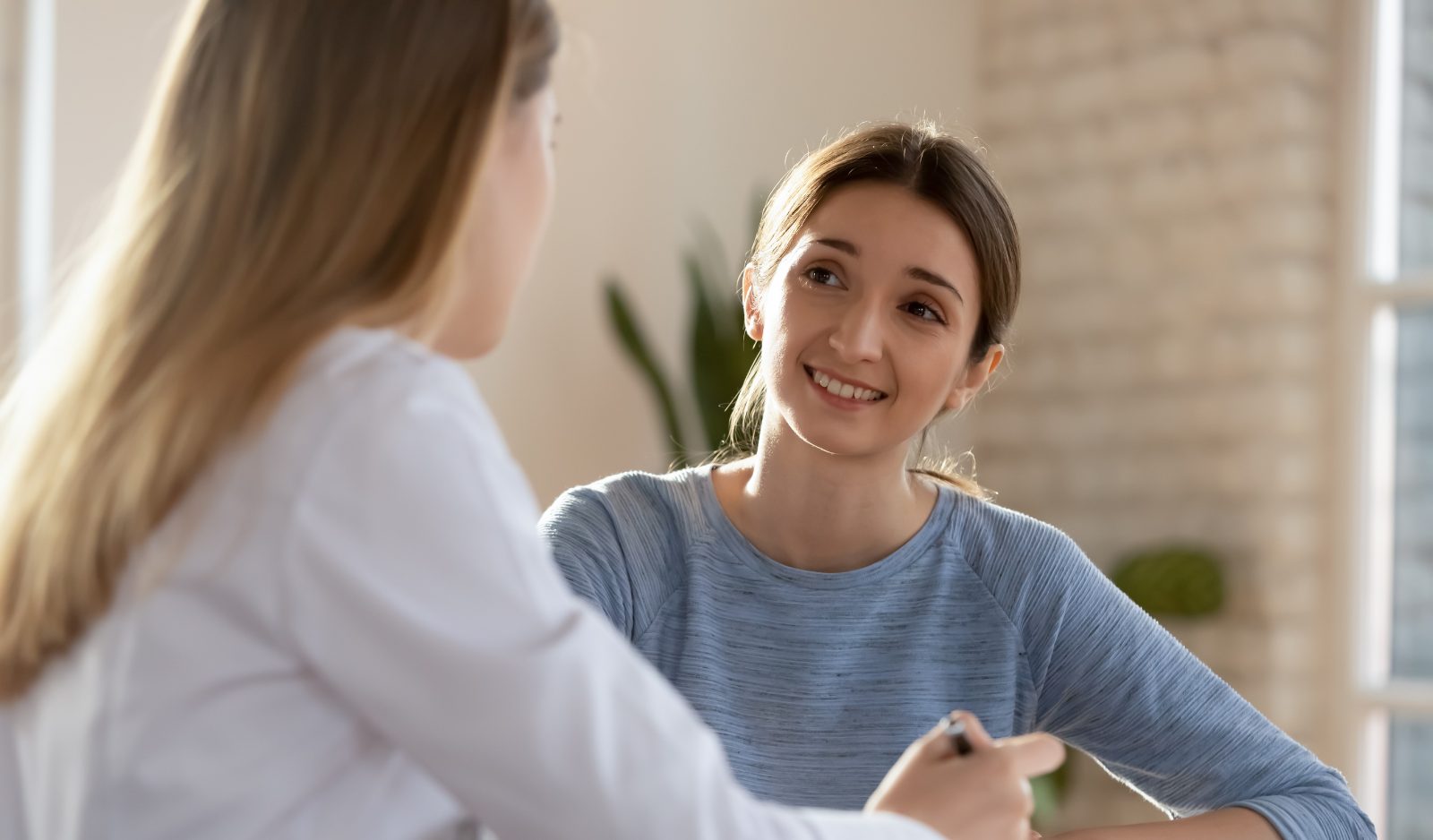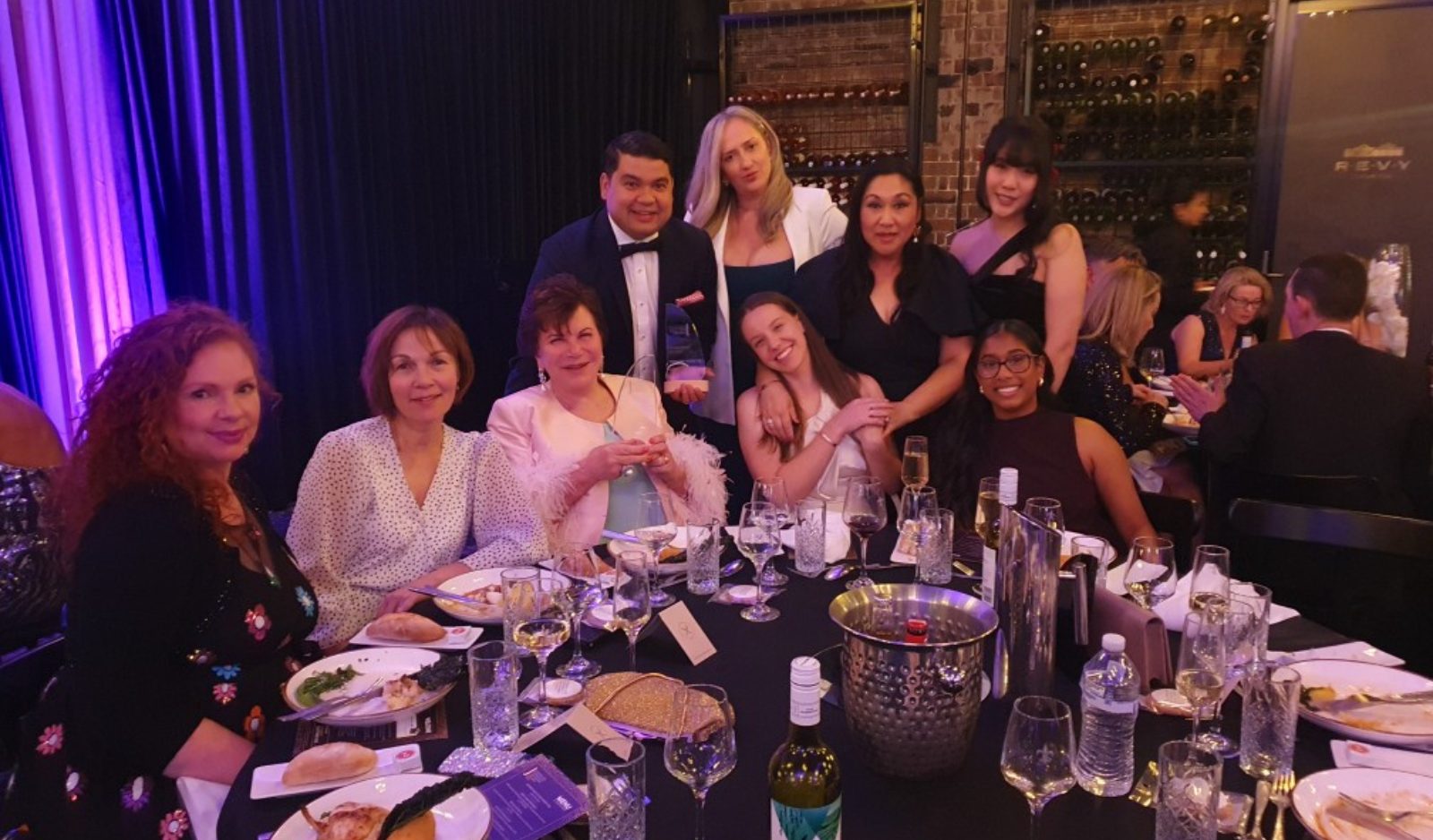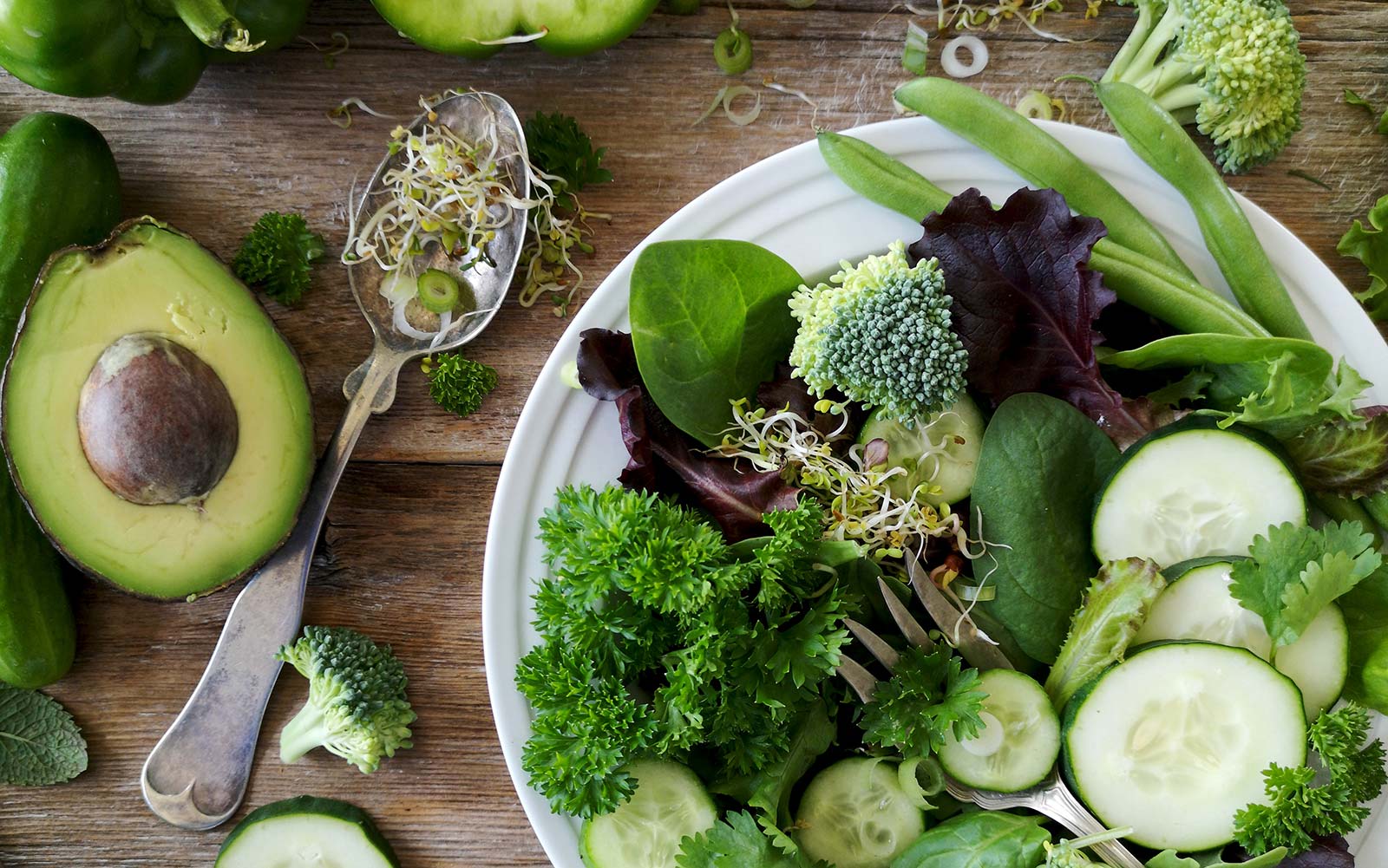The NSW Government announced on the 1st October 2022 that patient’s undertaking reproductive treatment from 1st October 2022 and who have incurred an out of pocket expense from the treatment provided, can claim up to $2000 from 1st January 2023.
Below is information regarding the rebate criteria and how to apply.
To be eligible for the rebate you must:
- Be a NSW resident
- Be a woman who has undergone fertility treatment in a private clinic and have incurred an out-of-pocket cost for the treatment
- Have received treatment from a provider accredited by the Reproductive Treatment Accreditation Committee (RTAC) of the Reproductive Technology Accreditation Society of Australia
The fertility treatment rebate includes out-of-pocket costs for women and men; however, only women can lodge the claim.
How much is the rebate?
Eligible applicants may receive up to $2,000, depending on the out-of-pocket cost incurred during their treatment. The rebate amount received will be equal to the total out-of-pocket cost stated on the invoice(s) or other documentation provided as proof of fertility treatment, up to a maximum of $2,000 per applicant.
Which treatments does the rebate cover?
The rebate will cover fertility treatment as defined by the ART Act 2007. This includes artificial insemination, in-vitro fertilisation (IVF), gamete intrafallopian transfer and any related treatment or procedure that is prescribed by the regulations. Speak to your fertility specialist about which treatment or procedure is right for you, and its eligibility under the ART Act 2007.
Can one claim include multiple treatments?
Yes. You can include multiple treatments in your rebate claim. The rebate amount received will be equal to the total out-of-pocket cost incurred for the treatment(s), up to a maximum of $2,000 per applicant. If the total out-of-pocket cost is greater than $2,000, you will receive the maximum rebate amount of $2,000. If the total out-of-pocket cost is less than $2,000, you will receive a rebate for the exact cost incurred.
How many times can I apply for the rebate?
If the out-of-pocket cost for your ART is less than $2,000 in your first application, you may submit a second application for the remaining amount.
If I receive this rebate, am I still eligible for the Pre-IVF Testing Rebate?
Yes, these are two separate rebates. Receiving the Pre-IVF Testing Rebate will not disqualify you from applying for the fertility treatment rebate.
When will I be able to claim the rebate?
The new rebate will open 1 January 2023. Women who have undergone an eligible procedure from 1 October 2022 will be able to submit a claim when the rebate scheme opens. The rebate is available until 1 October 2026, or until the available funds are exhausted. You can only apply for the rebate once.
How will I apply for the rebate?
Rebate claims will be submitted through the Service NSW website. Details on how to claim will be released closer to the launch of the scheme on 1 January 2023.
Are there any exclusions to the rebate?
The rebate is not available to patients:
- with an out of pocket cost associated with publicly supported lower cost IVF treatment
- for the sole purpose of fertility preservation
- who have not incurred an out-of-pocket cost.
This rebate also does not apply to the storage of eggs, ovarian tissue or sperm for the sole purpose of fertility preservation. Fertility preservation for patients with a medical need are able to access the state-wide fertility preservation service at no cost to them.
What documentation will I need to keep for when the rebate opens on 1 January 2023?
You will need proof of an out-of-pocket cost incurred for fertility treatment at a private clinic. This may be an invoice or receipt of payment from the clinic. Details on how to claim this rebate will be released closer to the launch of the scheme on 1 January 2023.



